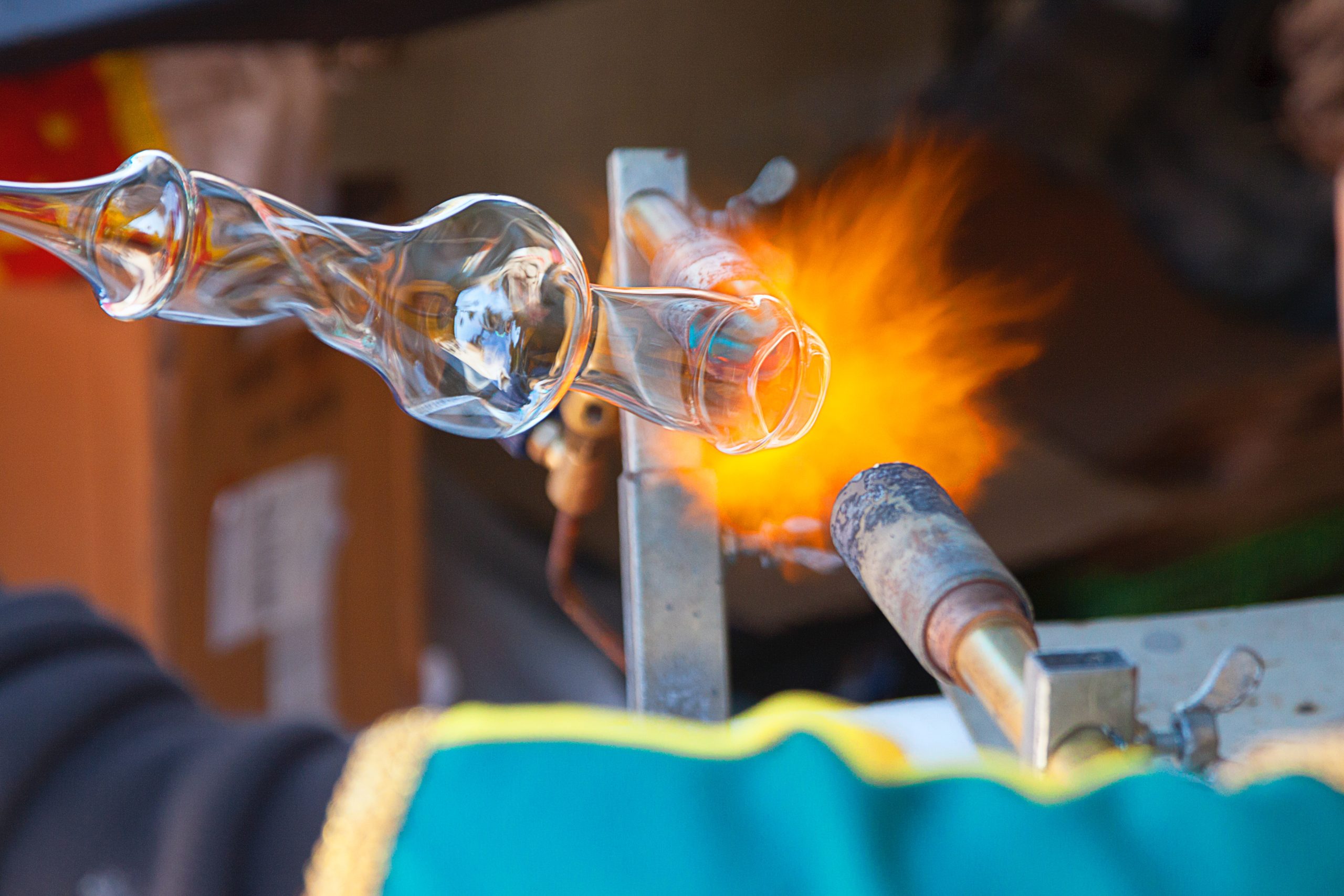For centuries, glass has been an essential material used in various applications, including architecture, interior design, and transportation. However, recent advancements in glass technology have opened up new possibilities and allowed for the material to be used in ways previously unimaginable.
One of the most notable examples of this is the use of glass in the construction industry. Glass facades and curtain walls are increasingly popular in modern architecture, providing energy efficiency, natural light, and stunning aesthetics. The use of laminated glass and safety glass has also improved the safety and durability of buildings.
Glass is also being used in transportation in innovative ways. Car manufacturers are using glass in car windows and sunroofs, providing a more expansive and immersive driving experience. Aviation companies are using glass in cockpit displays, enhancing pilot visibility and safety. Glass is also being used in high-speed trains and buses, providing lightweight and durable solutions.
In addition to these applications, glass is making strides in the medical field. Glass-based materials are being used in prosthetics and implants, providing greater durability, biocompatibility, and customization options. Researchers are also developing glass-based sensors and devices that can monitor health conditions and deliver targeted therapies.
Furthermore, glass technology is being used in renewable energy, with solar panels made of glass becoming more efficient and cost-effective. Glass is also being used to store and transmit solar energy wirelessly, providing a sustainable energy source for homes and businesses.
In conclusion, glass is breaking the glass ceiling and expanding its versatility in modern applications. From architecture and transportation to medicine and renewable energy, glass technology is pushing boundaries and creating new possibilities. As glass technology continues to evolve and advance, we can expect to see even more breakthroughs in the future.




